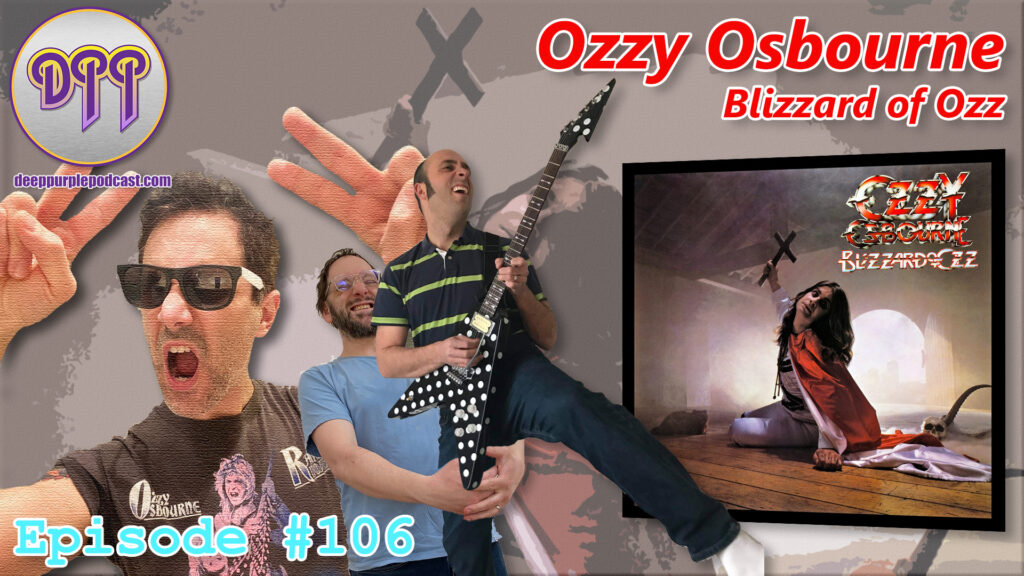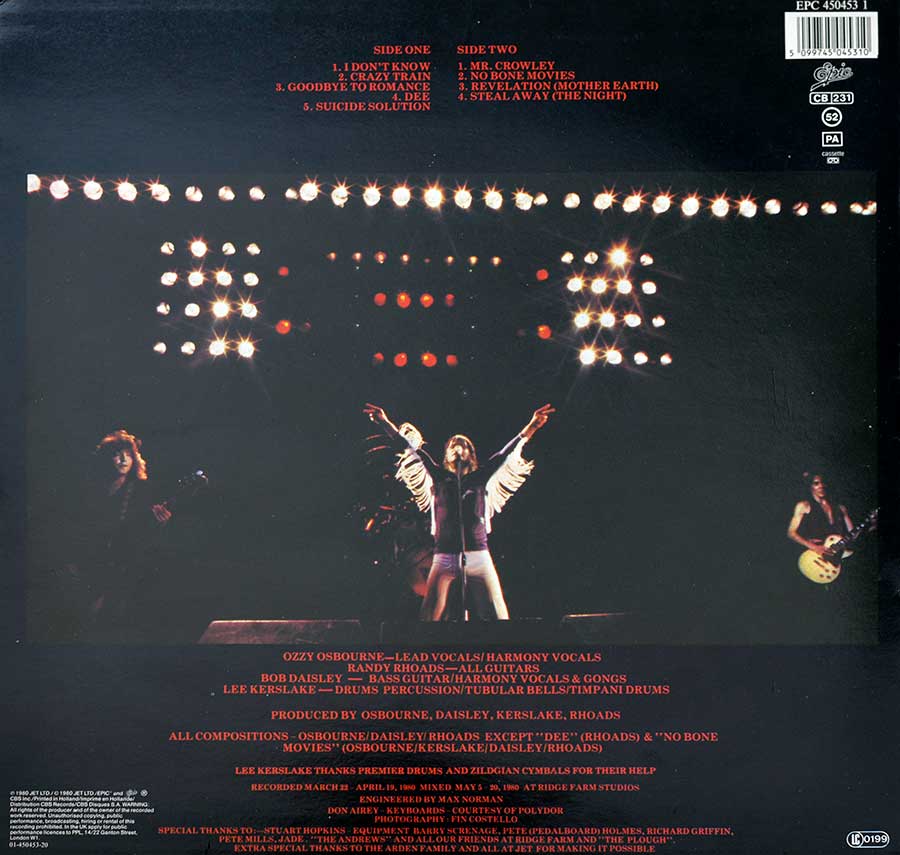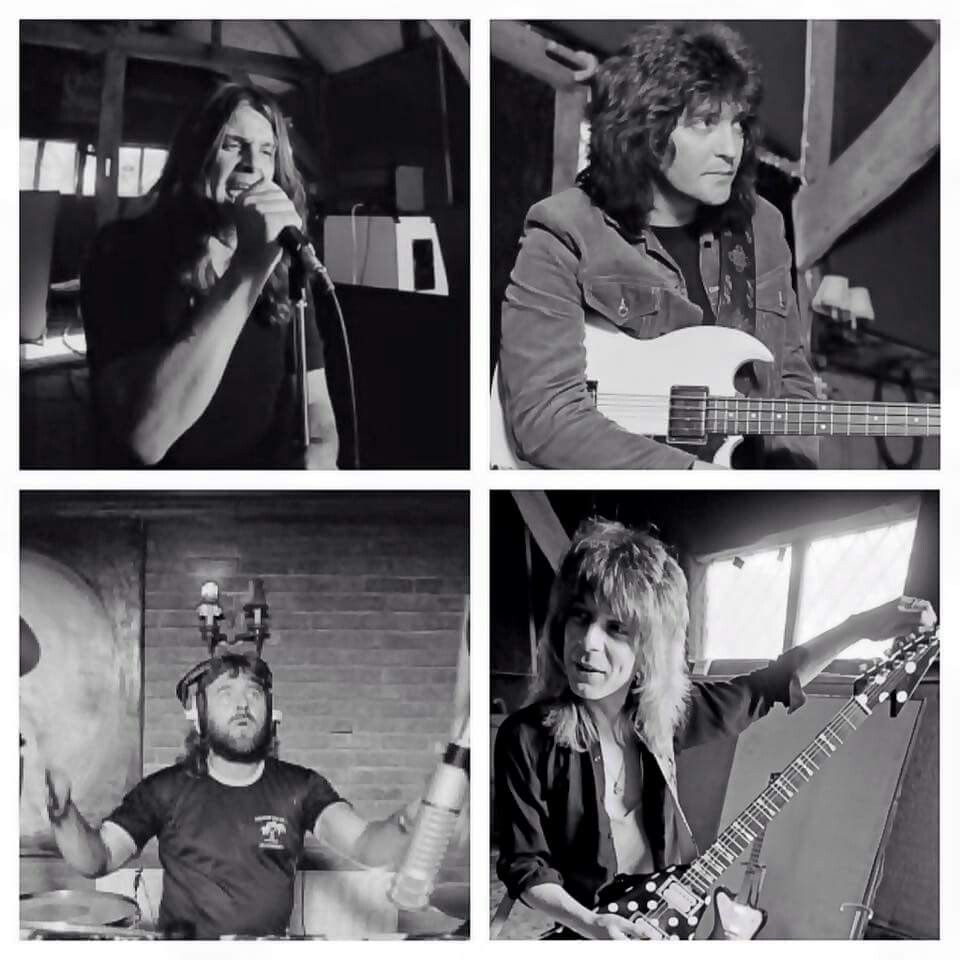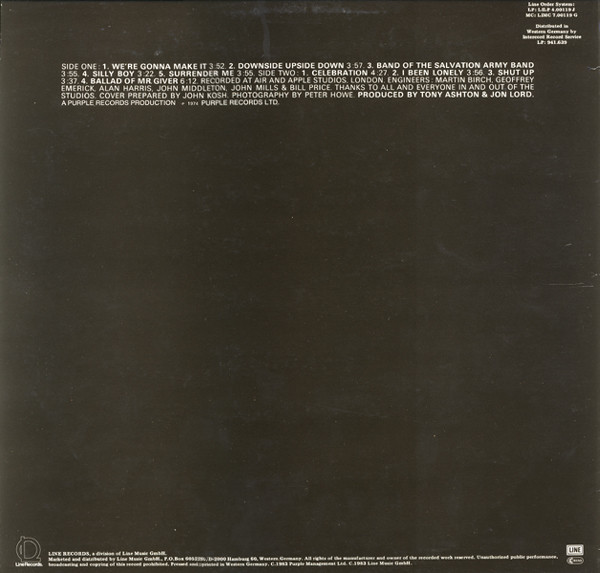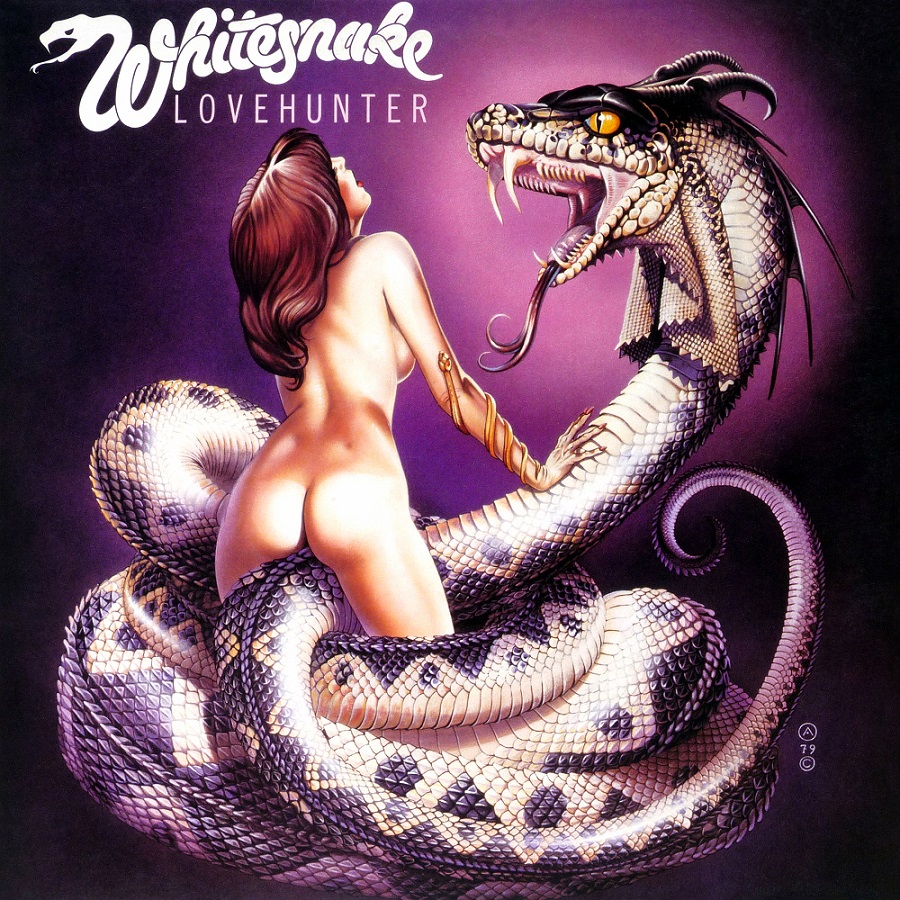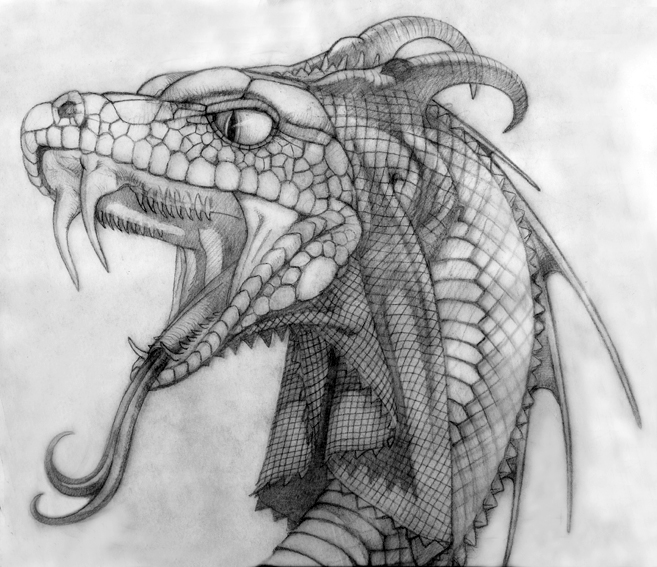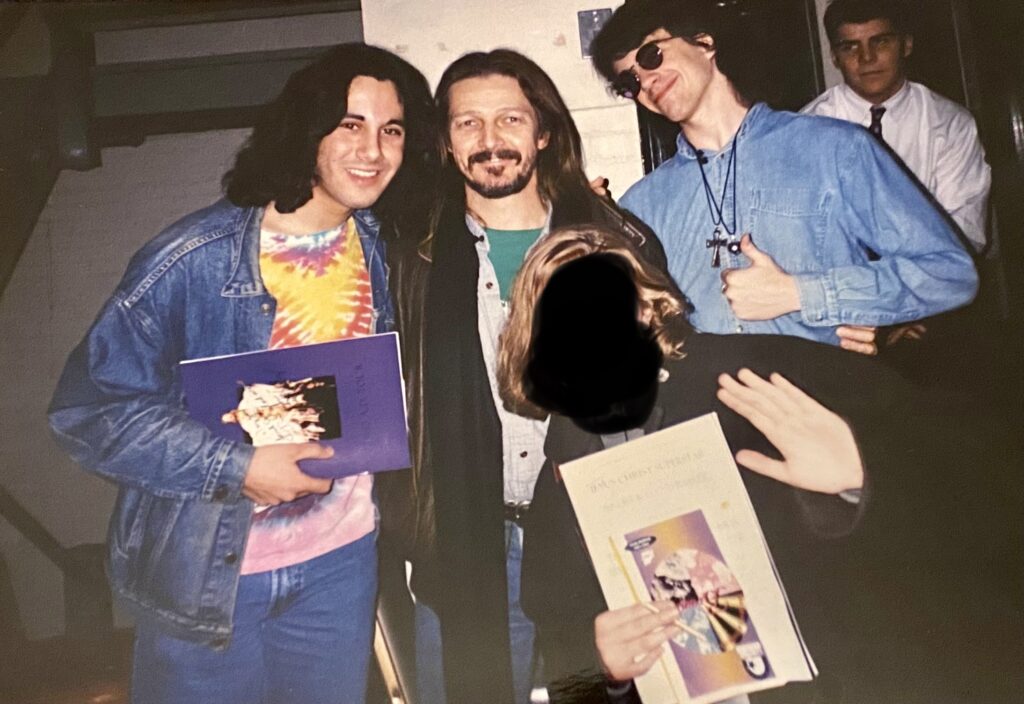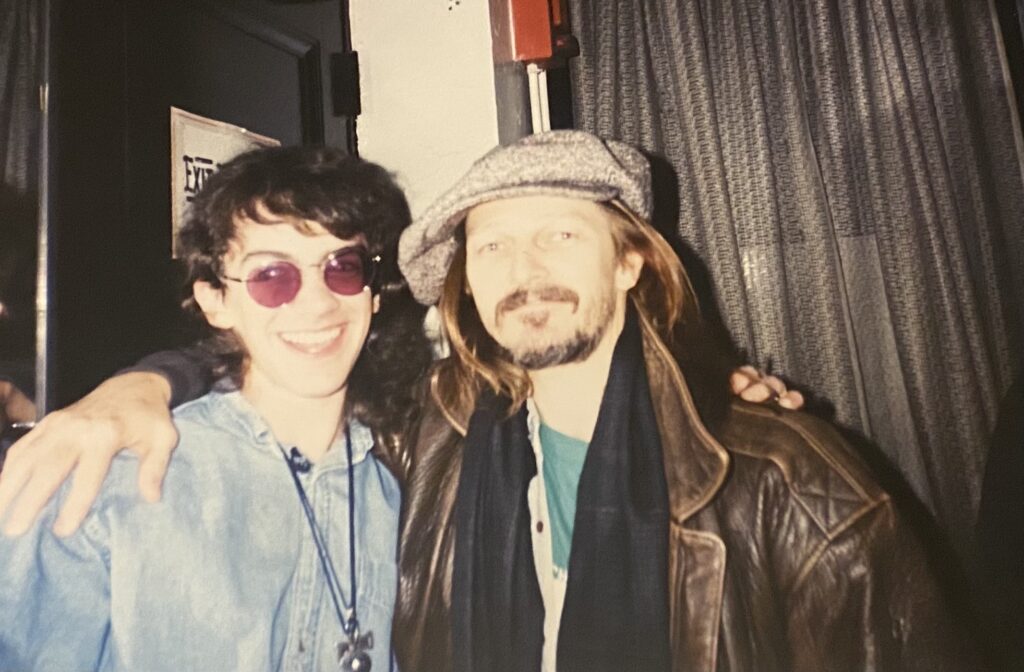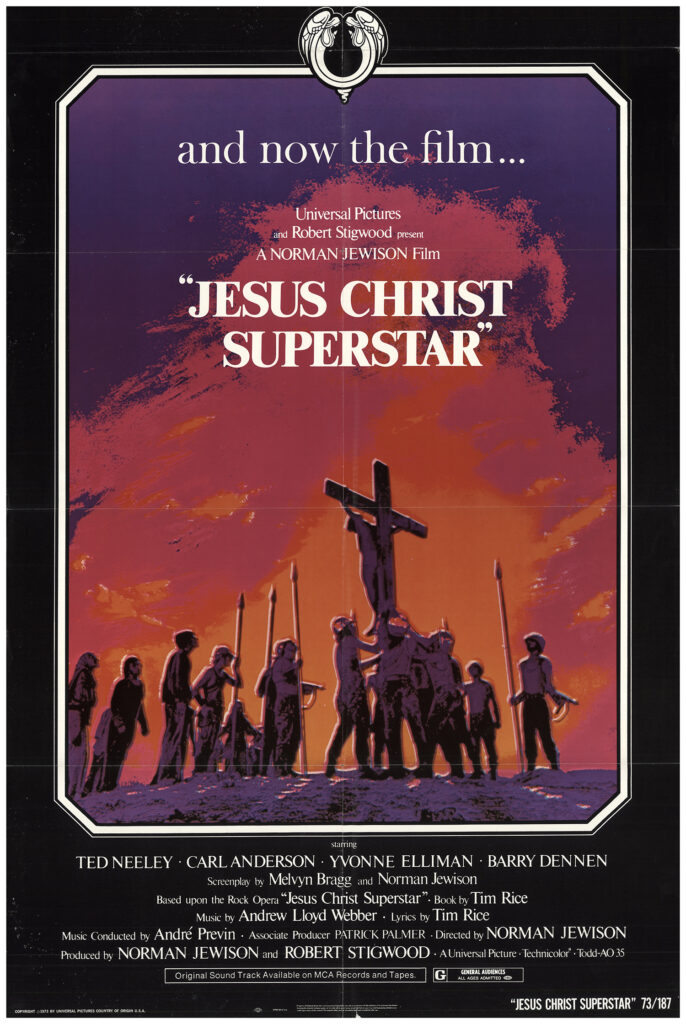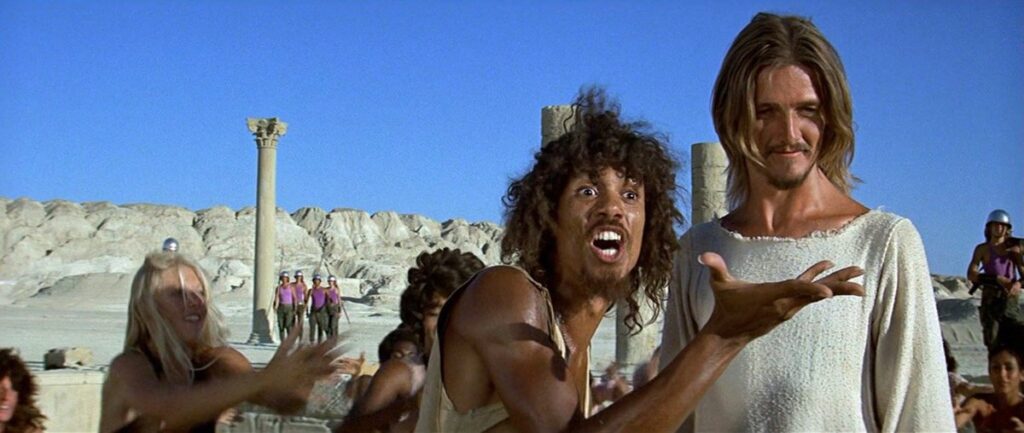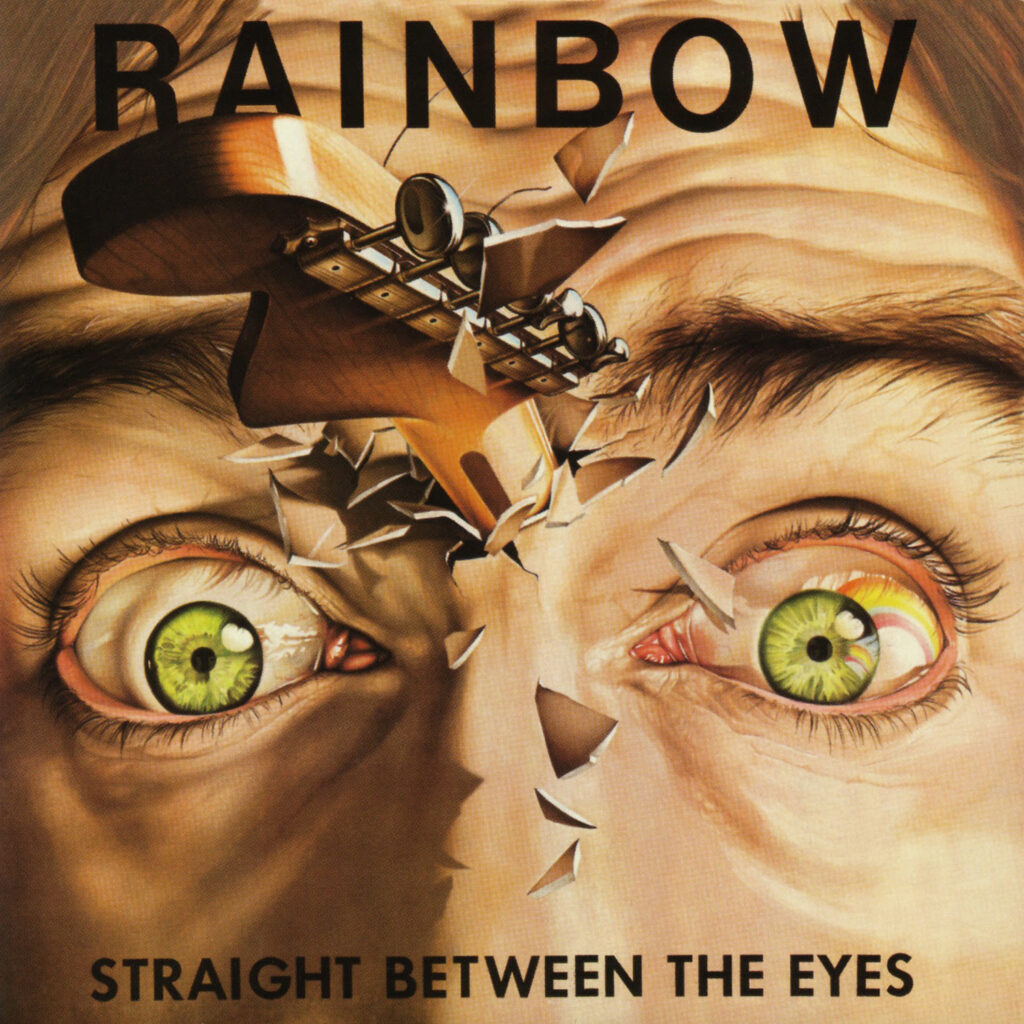Disclaimer: The video used on YouTube is a byproduct of producing our audio podcast. We post it merely as a convenience to those who prefer the YouTube format. Please subscribe using one of the links below if you’d prefer a superior audio experience.
Subscribe at Apple Podcasts, Stitcher, Google Podcasts, Overcast, Pocket Casts, Anchor.fm, Breaker, PodBean, RadioPublic, Amazon Music, or search in your favorite podcatcher!
How To Support Our Show:
- Leave us a 5-Star Review on Apple Podcasts
- Buy Merch at Our Etsy Store!
- Become a Patron on Patreon
- Donate on Paypal (Donate one time or click “make this a monthly donation” box)
Patron News:
- JJ Stannard
- Nah I’m kidding. Tell you what though, something you might find interesting. My dad Terry (who passed away a couple of years back) was a drummer, and one of the records he played on was the 1977 album by Young & Moody (Bob Young and Micky Moody) which was produced by Roger Glover. Dad was also in the band Kokomo with bassist Alan Spenner, who worked with David Coverdale and played on the 1970 Jesus Christ Superstar album. Small world, eh? Love the podcast, keep up the good work!
Thanks to Our Executive Level Patrons:
- The $20 “Shades of Deep Pockets” Tier
- Ryan M
- The $15 “Highball Shooter” Tier
- Alan Begg
- The Turn it up to $11 Tier
- Frank Theilgaard-Mortensen
- Clay Wombacher
- Mikkel Steen
- $10 “Some One Came” Tier
- Steve Seaborg (NameOnAnything.com, Alltheworldsastage.net) – Paypal
- Jeff Breis
- Gerald Kelly – Paypal
- Victor Campos
- Richard Fusey
Social Media Update:
- Deep Dive Podcast Network
- Nate guest hosts on upcoming episode of “Gain it for Riffs”
- Apple Podcasts Reviews
- 2020-05-11
- From the UK!
- 5 Stars!
- Gus_McCrae
- Highway Stars
- Deep Purple In Rock is where it started for me – I built a record collection by exploring the influences of the best hard rock band of them all. Purple were head and shoulders above Zeppelin and Sabbath and the rest – and these guys get it. Really enjoying hearing a US perspective on Deep Purple from presenters who understand there is more than Smoke on the Water. And, a year late to the party, there are over 50 episodes for me to catch up on. Great stuff.
Lead up to the Album:
- Ian Gillan was out to rejoin Deep Purple.
- Bill Ward had worked hard and gotten himself out of the depression he had been in.
- The thought after Gillan left was to get a virtual unknown on vocals. One name thrown about was Ron Keel of the band Steeler.
- David Donato was also given a shot but only got as far as recording a few demos.
- Jeff Fenholt was also considered.
- Bill decided after getting sober that he needed to leave for good.
- Eric Singer was recruited to take his place as drummer.
- Geezer, who admitted to boozing pretty hard during the Born Again tour was also out.
- So now Tony realized that this group of musicians assembling was not really Black Sabbath at this point.
- Dave Spitz, who had worked with producer Glixman in the past joined the band as bass player.
- Iommi says the original idea was to use ten different singers but he “ended up using Glenn on all of them.”
- Iommi says he and Glenn were both going through pretty major drug problems at the time.
- Glenn and Geoff Nichols didn’t get song writing credits for the most part. Glenn was because of contractual reasons.
- Glenn says Dio and Halford were also considered when Iommi was considering multiple singers for the album. David Coverdale and Robert Plant were also considered.
- Glenn says Glixman was also undergoing a huge drug problem and that he and Glixman didn’t get along.
- Glenn claims to writing a bulk of the lyrics with some help from Nichols and Glixman.
Personnel
- Bass – Dave “The Beast” Spitz*
- Played with Freeway and Americade.
- Founding member of White Lion who left before they recorded their first album.
- Currently a practising attorney in Florida.
- Drums – Eric Singer
- https://www.eric-singer.com/
- https://en.wikipedia.org/wiki/Eric_Singer
- Started off as Lita Ford’s touring drummer.
- This was his first recorded album.
- Guitar – Tony Iommi
- All time Riff Grand Champion and heavy metal pioneer.
- Keyboards – Geoff Nichols*
- Keyboardist covered in earlier episodes.
- Vocals – Glenn Hughes
- If you don’t know who Glenn Hughes is at this point, you haven’t been listening.
Technical:
- Recorded at Cherokee in L.A. and Cheshire Sound in Atlanta.
- Management [Worldwide Representation By] – Don Arden
- Producer, Engineer – Jeff Glixman
- https://en.wikipedia.org/wiki/Jeff_Glixman
- Engineered and performed keyboards on Blackmore’s Night’s second album “Under a Violet Moon.”
- Produced 4 out of the 9 tracks on Paul Stanley’s Kiss solo album “Paul Stanley.”
- Worked with Kansas, Gary Moore, and Saxon.
- Mastered By – Greg Fulginiti
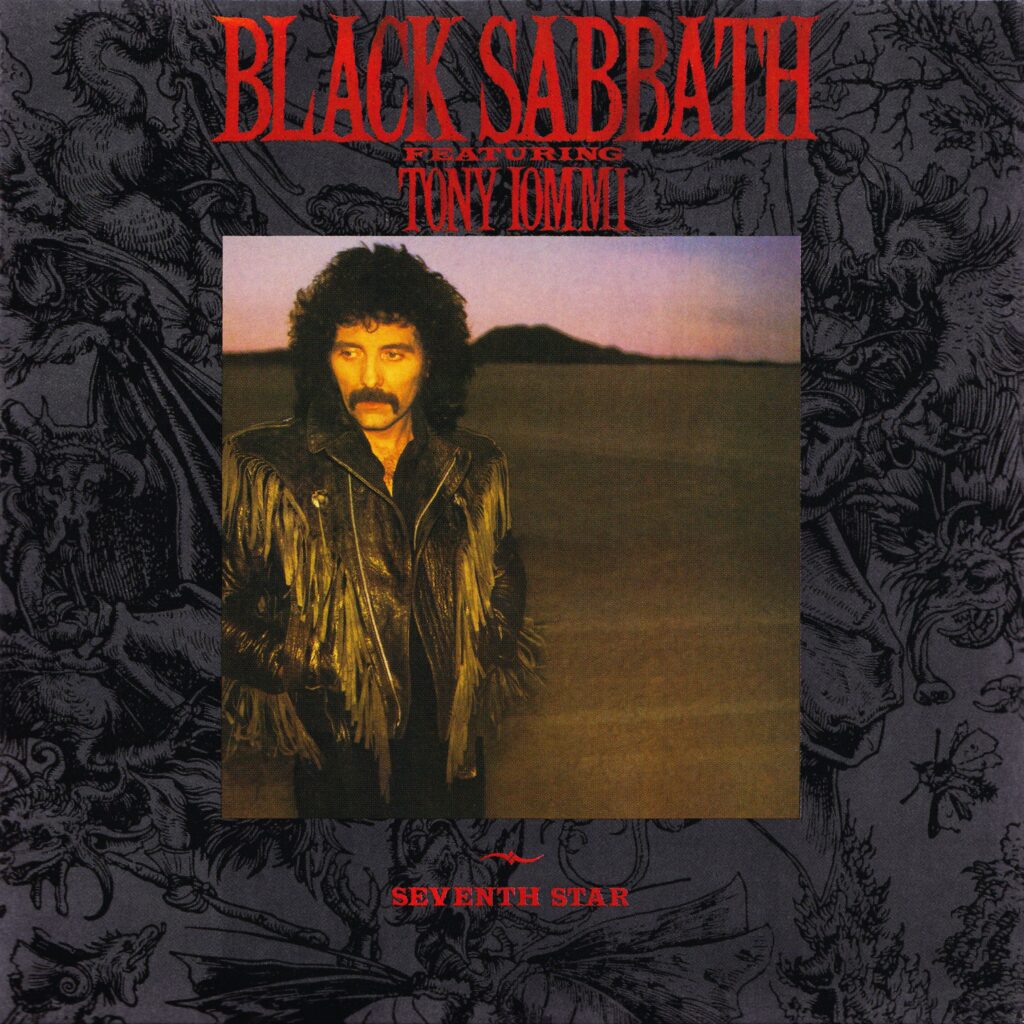
Album Art & Booklet Review
- Background uses an engraving by German Renaissance artist Lucas Cranach the Elder.
- https://en.wikipedia.org/wiki/Lucas_Cranach_the_Elder
- Engraving was done on copper and was called “The Temptation of Saint Anthony.”
- On the back of the album cover, you can see a copper-plate engraving print by the 16th century German painter Lucas Cranach the Elder. The engraving was called The Temptation of Saint Anthony and shows, of course, the story of the Saint in the desert.
- Written by https://genius.com/CRJ2

- Iommi stands saddened on the album cover, as a parallel to his namesake Saint Anthony standing alone in the desert of Egypt.
- Art Direction, Design – Steve J. Gerdes*
- Did album covers for Depeche Mode, Dio, Rough Cutt, T. Rex, Isaac Hayes, Janet Jackson, and Smashing Pumpkins.
- Photography By – Kevin Stapleton (2)
- A few other music photography credits.
Thanks to Our Core Level Patrons:
- The Episode $6.66 Tier
- VACANT with Richard Fusey’s upgrade!
- $5.99 The “Nice Price” Tier
- Fielding Fowler
- Dr. Gill Breese
- $5 “Money Lender” Tier
- Greg Sealby
- John Convery
- Arthur Smith
- German Heindl
- Adrian Hernandez
- Kenny Wymore
- Jesper Almén
- Oleksiy The Perfect Stranger Slyepukhov
- James North
- Mark Hodgetts
- Kev Roberts – Paypal
- Will Porter – PATRON UPGRADE
- $3 “Nobody’s Perfect” Tier
- Peter Gardow
- Ian Desrosiers
- Mark Roback
- Anton Glaving
- Andrew Meyer
- Duncan Leask
- Stuart McCord
Album Tracks:
All music and lyrics by Tony Iommi with additional lyrics by Geoff Nichols, Glenn Hughes, and Jeff Glixman.
Side One:
- In for the Kill
- 7/4 time signature.
- Lyrics are about Vlad the Impaler and Armageddon.
- Glenn said this wasn’t one of his favorites. Called it “demon and drug stuff.”
- Could be he’s comparing the battle with drugs to a battle with demons.
- No Stranger to Love
- Gordon Copley plays bass on this track.
- This song was issued as a single.
- They shot a video for the song and that’s where the shot of Tony on the cover of the album comes from.
- The video has Bing Crosby’s niece, Denise, in it.
- Turn to Stone
- Sphinx (The Guardian)
- Lyrics from Nicholls.
- Seventh Star
- This song was most inspired by the Egyptian Saint Anthony (251-356), who developed Christian monasticism, leading the ascetic life of a hermit in the desert, in an endeavor to rid himself of the temptation to sin and attain spiritual peace and oneness with God.
- Written by https://genius.com/CRJ2
- This song was most inspired by the Egyptian Saint Anthony (251-356), who developed Christian monasticism, leading the ascetic life of a hermit in the desert, in an endeavor to rid himself of the temptation to sin and attain spiritual peace and oneness with God.
Side Two:
- Danger Zone
- Song possibly about drug additction.
- Heart Like a Wheel
- Another Georff Nicholls lyric.
- Angry Heart
- Geoff Nicholls wrote lyrics for this song about the death of his mother.
- Glixman wrote lyrics about the death of his dog in place of Nicholls’s lyrics.
- Tony Iommi opted to go with Nicholls’s lyrics instead.
- In Memory
- Written about Tony’s father who had just passed away.

Thanks To Our Foundation Level Patrons:
- $1 Made Up Name Tier
- Ells Murders
- Spacey Noodles
- The “Phantasmal” Leaky Mausoleum
- Michael Vader
- Stephen Sommerville The Concerto 1999 Fanatic
- Raphael Choury (Raff Kaff)
- Spike, The Rock Cat
- JJ Stannard
Reviews:
- Hughes tells a lot of contradicting stories about himself writing more of the lyrics than Nicholls claims. He also admits to being in very poor health and very foggy so there’s probably a lot of inaccuracies. He also admits to only really remembering showing up in the studio and singing the parts.
- The ensuing tour only lasted five shows.
- Hughes got into a fight with John Downing, Black Sabbath production manager, that dislodged Hughes’s eye socket sending it into his sinuses, bruising his face, and damaging his throat.
- Hughes says “Somebody asked me, ‘Is there anything in your life you would like to erase?” He said that he would erase those five concerts.
- Hughes says he was having issues with his voice and the injuries from the fight made it worse and he felt horrible going on stage singing in front of more than 10,000 fans knowing he couldn’t sing and he couldn’t cancel the show. He says he was very grateful to Ray Gillen for stepping in and saving him the embarrassment.
- Hughes says he also didn’t like singing the old Sabbath stuff because he doesn’t believe int he devil and he doesn’t like singing about the devil.
- Hughes also says that he believes that Black Sabbath belongs to Ozzy Osbourne and it doesn’t sound right when other singers sing his songs.
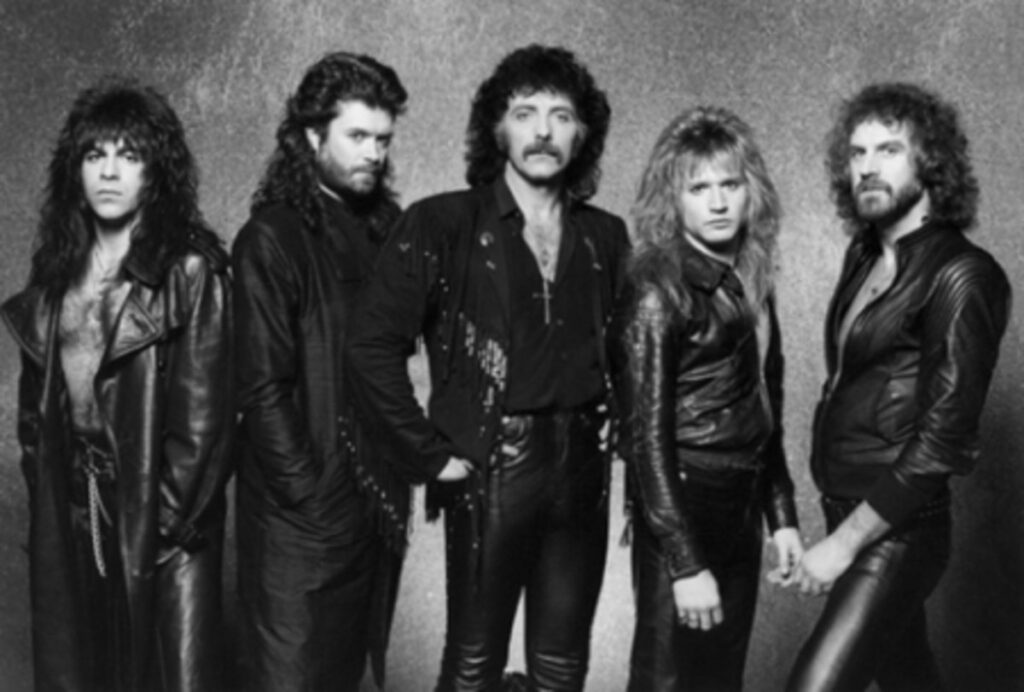
For Further Information:
- Sabbath Bloody Podcast – XII: Seventh Star
- Born Again! Black Sabbath in the Eighties and Nineties by Martin Popoff
- Glenn Hughes The Autobiography: From Deep Purple to Black Country Communion by Glenn Hughes
- Black Sabbath: Symptom of the Universe: Symptom of the Universe by Mick Wall
- Iron Man: My Journey through Heaven and Hell with Black Sabbath by Tony Iommi
- https://www.black-sabbath.com/discography/blacksabbath/seventhstar/
- hh
Listener Mail/Comments
- Comments about the show? Things you’d like us to cover? We’d love to hear from you. Send us an email at info@deeppurplepodcast.com or @ us on Twitter, Facebook, or Instagram.

